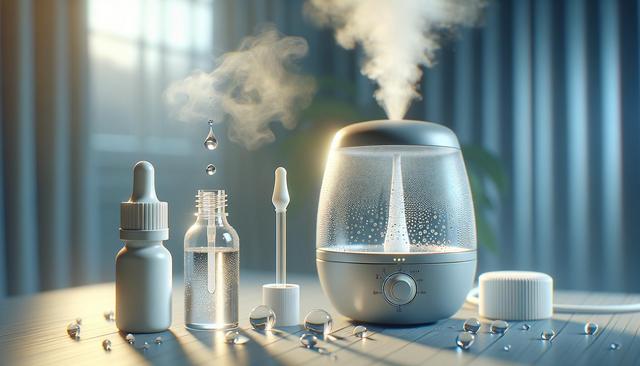Understanding the Causes of Dry Eye Issues
Dry eye issues are more than just a temporary inconvenience—they can significantly affect your quality of life. At the root of most cases is an imbalance in the tear film that lubricates the eye. This can be caused by decreased tear production, increased tear evaporation, or poor-quality tears. Several factors can contribute to these issues, including aging, environmental conditions, digital screen use, and certain medical conditions such as autoimmune disorders. Hormonal changes, particularly in postmenopausal individuals, are another common cause. Understanding what triggers your symptoms is the first step in finding effective eye irritation solutions.
Common causes of dry eye include:
- Long hours of screen time without breaks
- Exposure to wind, smoke, or dry air
- Use of contact lenses
- Side effects from medications like antihistamines or antidepressants
- Medical conditions such as diabetes or thyroid disorders
Identifying and addressing the underlying cause can guide you toward more targeted eye care strategies.
Lifestyle Adjustments to Improve Eye Comfort
Simple lifestyle changes can go a long way in managing dry eye symptoms. For those suffering from mild to moderate dry eye issues, these adjustments may offer notable relief. One of the most effective changes is incorporating regular breaks during screen use. Following the 20-20-20 rule—looking at something 20 feet away for 20 seconds every 20 minutes—can help reduce eye strain and dryness.
Other helpful lifestyle tips include:
- Using a humidifier to add moisture to indoor air
- Wearing wraparound sunglasses to protect eyes from wind
- Staying hydrated throughout the day
- Including omega-3 fatty acids in your diet through supplements or foods like flaxseed and fish
These lifestyle choices support eye health treatments by reducing environmental stress on the eyes and promoting natural tear production.
Over-the-Counter and Prescription Dry Eye Relief Options
When lifestyle changes aren’t enough, a range of over-the-counter and prescription treatments can offer additional dry eye relief. Artificial tears and lubricating eye drops are often the first line of defense. These products help replenish moisture and provide short-term comfort. For more persistent symptoms, gels and ointments that offer longer-lasting lubrication may be recommended, especially for nighttime use.
If over-the-counter options fall short, prescription treatments may be necessary. These can include:
- Anti-inflammatory eye drops that help reduce surface inflammation
- Tear-stimulating medications
- Medicated ointments to improve tear film stability
For those with chronic symptoms, these eye health treatments can make a significant difference in comfort and function.
Advanced Procedures for Long-Term Relief
In more severe cases or when other treatments prove ineffective, medical procedures may offer lasting eye irritation solutions. One common intervention is the use of punctal plugs—tiny devices inserted into the tear ducts to slow tear drainage and keep the eyes moist longer. This procedure is minimally invasive and can be performed in a clinical setting.
Other advanced options include:
- Thermal pulsation therapy to clear blocked oil glands
- Intense pulsed light (IPL) therapy to reduce inflammation
- Amniotic membrane therapy for severe surface damage
These approaches are typically considered when traditional methods are insufficient. Consulting with an eye care professional can help determine whether advanced therapies are appropriate for your specific condition and how they fit into your broader eye care plan.
Ongoing Management and Preventive Strategies
Managing dry eye issues is often a long-term commitment, especially for individuals with chronic conditions. Regular follow-ups with an eye care provider are essential to monitor changes in symptoms and adjust treatment plans as needed. Preventive care also plays a crucial role in avoiding flare-ups and maintaining daily comfort.
Effective preventive strategies may include:
- Scheduling regular eye exams
- Being mindful of medication side effects
- Wearing protective eyewear during outdoor activities
- Maintaining a balanced diet rich in eye-supportive nutrients
By integrating these strategies into your routine, you can support healthier eyes and reduce the risk of recurring discomfort. Consistent care and early intervention are key components of long-term dry eye relief.
Conclusion: Taking Control of Your Eye Comfort
Dry eye issues can be disruptive, but with the right combination of lifestyle changes, over-the-counter treatments, and professional care, many people find meaningful relief. Whether you’re dealing with occasional irritation or chronic symptoms, understanding the underlying causes and exploring personalized eye care options can lead to more comfortable, clearer vision. Stay proactive in your approach to eye health treatments, and consult with a healthcare professional to find the most suitable eye irritation solutions for your needs. Your comfort and visual clarity are worth the effort.




Leave a Reply